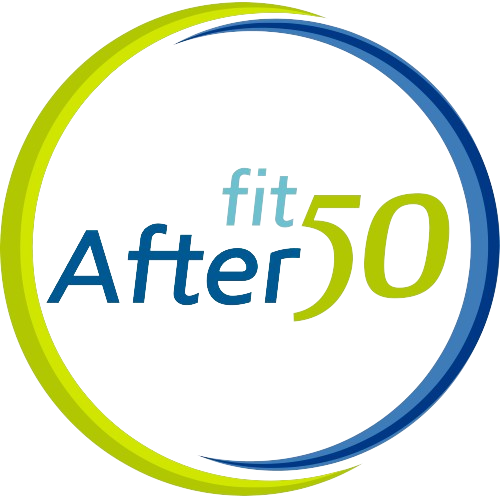Osteoporosis
Osteoporosis is a condition characterized by the exaggerated loss of bone mass and poor bone quality. Osteoporosis causes the bones to become fragile and susceptible to fracture. The most common sites of osteoporotic fracture are the wrist, spine, shoulder and hip.
Progressive bone loss is a normal part of human aging (Osteopenia). Peak bone mass is achieved between 25 and 35 years of age. Bone is lost at a rate of approximately one percent per year. Men achieve a higher peak bone mass than women, so have a greater reserve. Also, women experience 10-15 year of accelerated bone mass loss following menopause. Osteoporosis Canada, indicate that over 80% of all fractures in people 50+ are caused by osteoporosis. In fact, osteoporosis causes 70-90% of 30,000 hip fractures annually.
Diabetes
Types of Diabetes and the Benefits of Exercise
According to the Canadian Diabetes Association (CDA), there are more than 9 million Canadians are living with diabetes or prediabetes. There are two types of diabetes.
- Type 1 diabetes is usually diagnosed in children and adolescents. It occurs when the pancreas is unable to produce insulin or only produces small amount of it. This type of diabetes develops in people under 30 years old.
- Type 2 diabetes occurs when the pancreas does not produce enough insulin or when the body does not effectively use the insulin that is produced. Type 2 diabetes usually affects people after the age of 30.
- Prediabetes refers to a condition where a person’s blood glucose levels are higher than normal, but not yet high enough to be diagnosed as type 2 diabetes.
Arthritis
There are over 100 types of arthritis. Arthritis is more complicated than its literal definition; inflammation of the joint. The term arthritis may be applied to any painful condition of the musculature or skeletal system. Every individual experiences arthritis to a different degree. The two most common types of arthritis are:
Rheumatoid arthritis (RA), involves the synovial membrane lining in the joint. The cells in the membrane divide and grow and joint becomes swollen and puffy to the touch. Because of increased blood flow to the area, the joint is also warm. The cells release enzymes into the joint space, causing irritation and pain. Over time, this process can eventually digest the cartilage and bone of the joint.
Postural Correction
The body is designed to have the head, rib cage and pelvis perfectly balanced. If the posture is deviated from the norm, then the spine is also deviated from the normal healthy position. Unfortunately, abnormal posture has been associated with the development and progression of many spinal conditions and injuries including: muscle unbalance, disc […]
